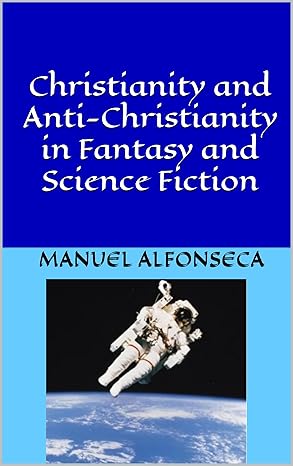 |
| Henri Poincaré |
As a scientist, Henri Poincaré was a mathematician
who worked in many fields of that science, both theoretical and applied, the
latter mainly to physics. Among other things, he achieved a partial solution to
the three-body problem and is considered a precursor to chaos theory.
As a philosopher of science, Poincaré was one of
the main representatives of the philosophical theory called conventionalism or instrumentalism, which holds that scientific theories are conventional and do not
represent reality, but are useful if they can be used to make correct
predictions. As I explained in another
post, other scientists and philosophers of science, such as Karl Popper,
are realists
and believe that scientific theories do represent reality, and the more
accurately they represent it, the better their predictions will be. Personally,
I am not a conventionalist and feel closer to Popper than to Poincaré.
The book by Poincaré that I am going to discuss is titled La Science et l’Hypothèse and was first published in 1902. In this book, with which I obviously disagree, Poincaré defends his instrumentalist ideas.





